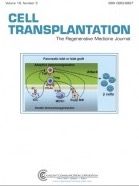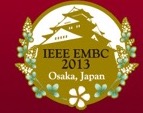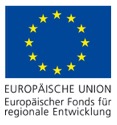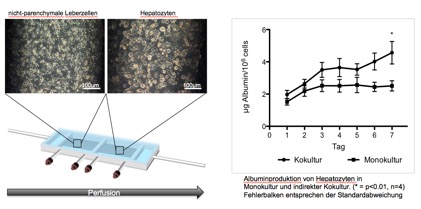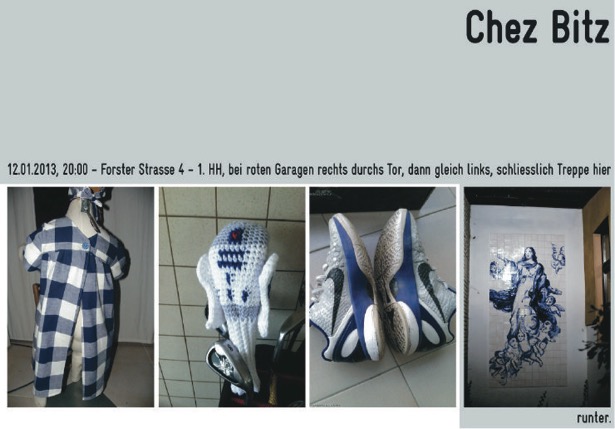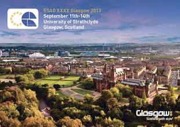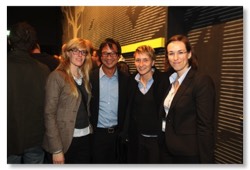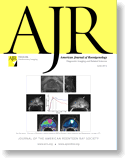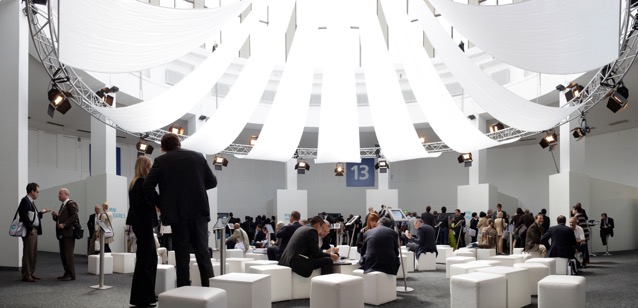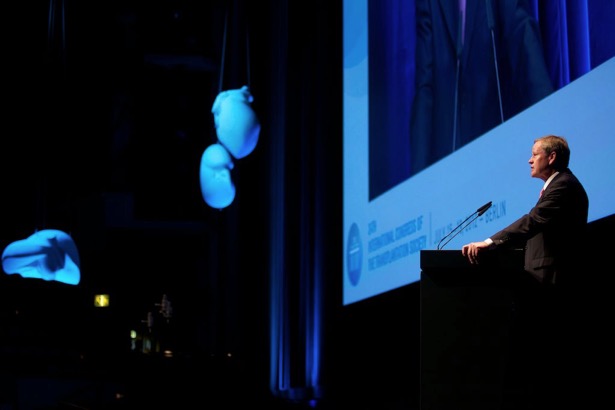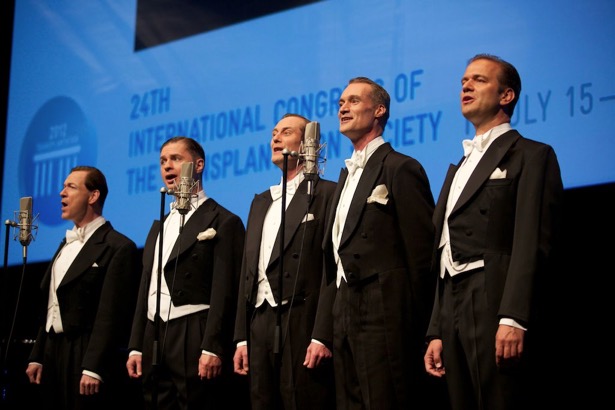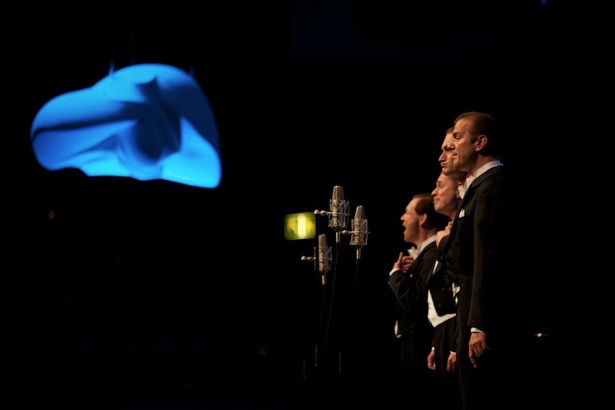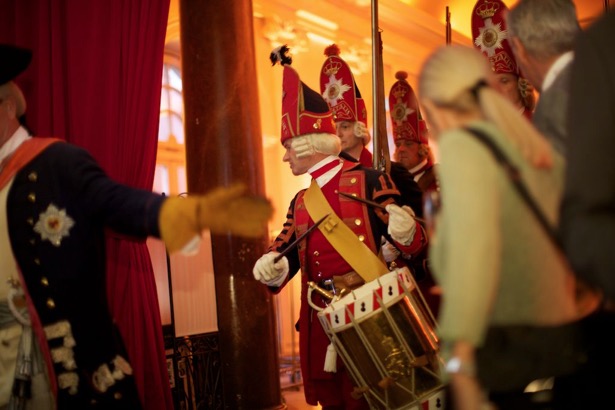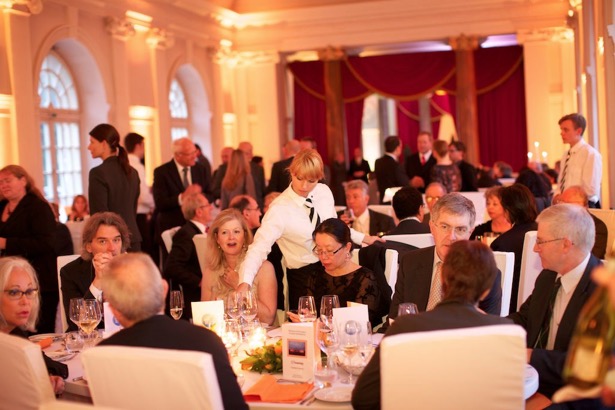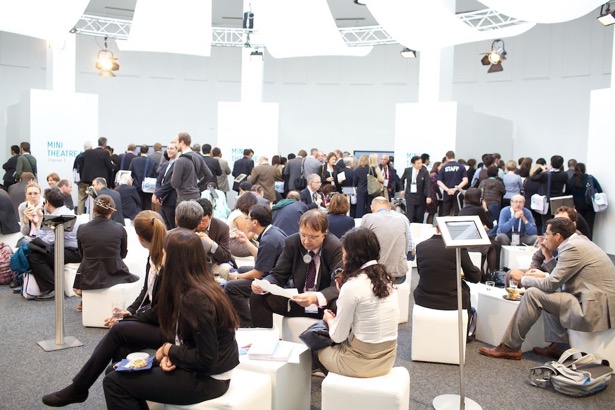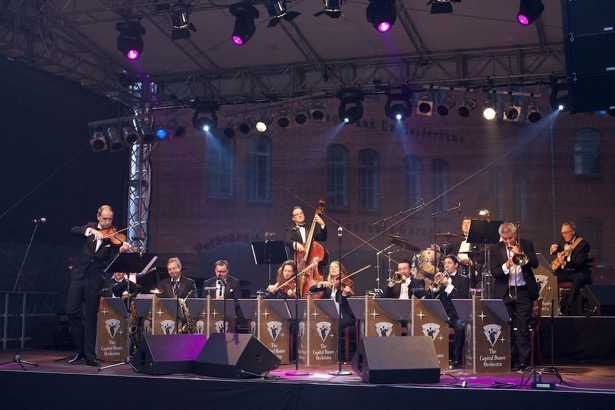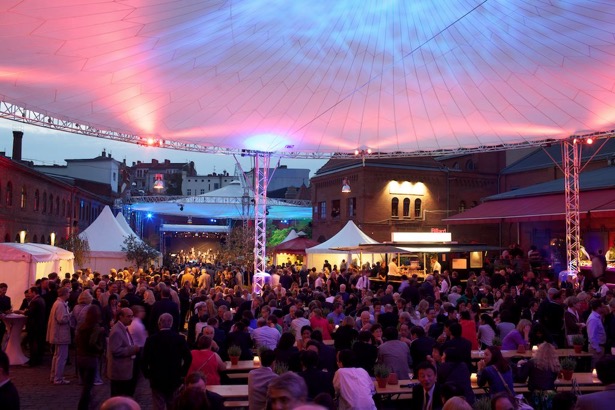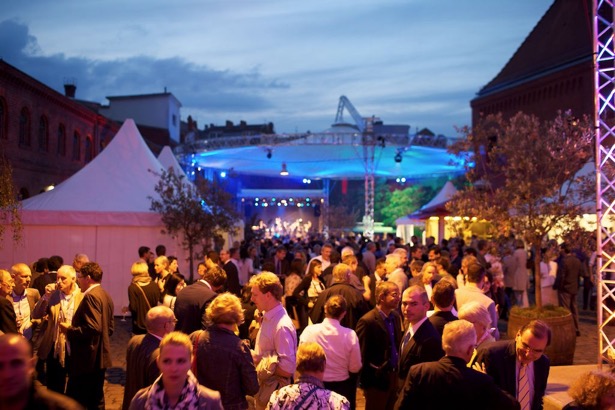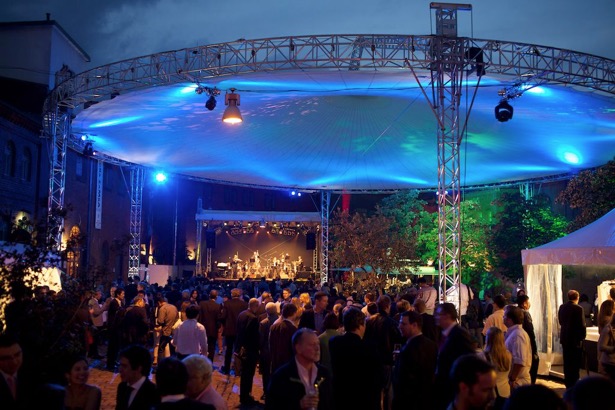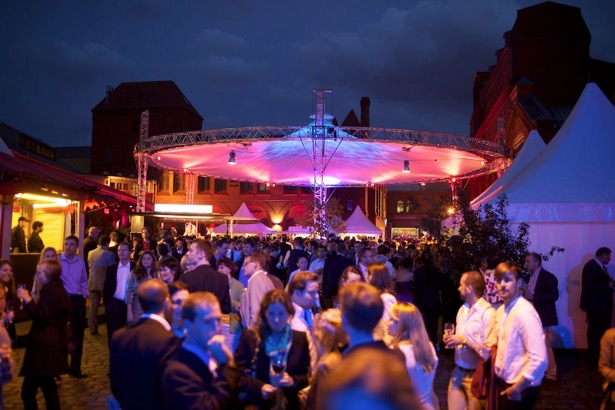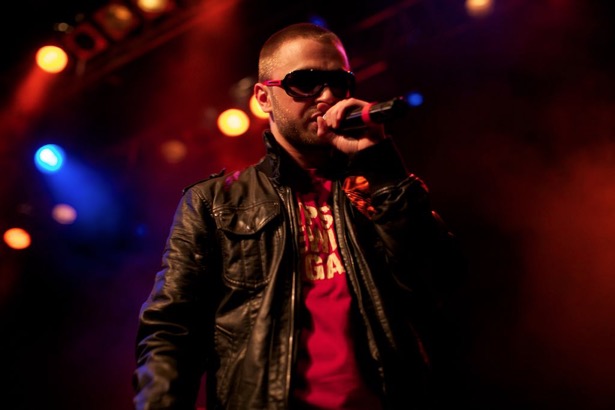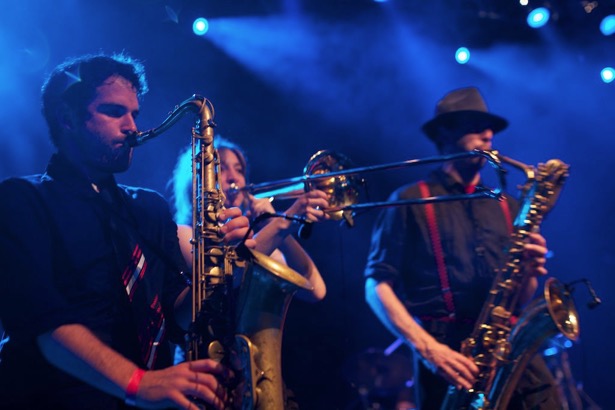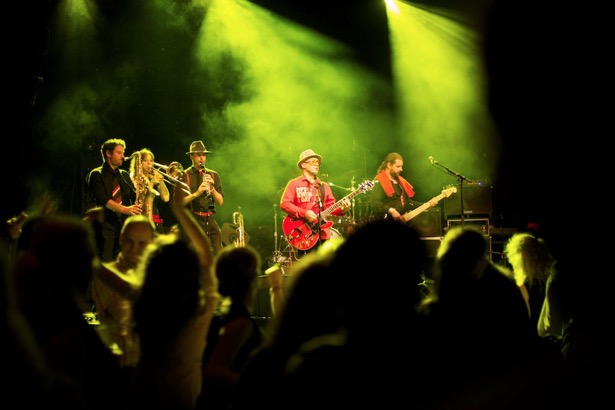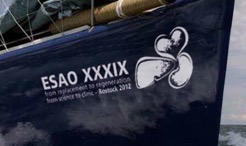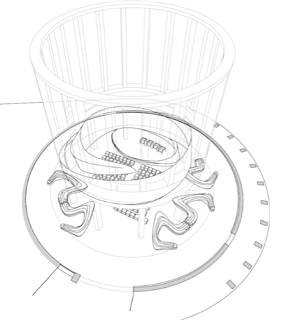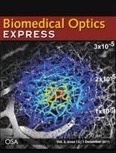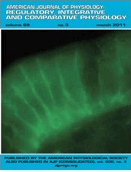Nathanael Raschzok's poster entitled "Serum protein biomarkers for acute rejection
in liver transplantation" was awarded with the GASL 2013 poster prize during the 29th Annual Meeting of the German Association for the Study of the Liver (GASL) in Hannover, Germany. Co-authors are Kukuh A. Prabowo, Anja Reutzel-Selke, Rosa B. Schmuck, Mehmet H. Morgul, Laura M. Tannus, Stephanie König, Sven Jonas, Peter Neuhaus, and Igor M. Sauer.
Although 20–40% of patients experience at least one episode of acute rejection (AR) after liver transplantation (LTx), diagnosis of AR is still mainly based on tissue analysis from liver biopsies. Biomarker routinely taken from blood samples would be a powerful non-invasive tool for monitoring of the liver graft status. The aim of this study was to investigate the diagnostic and prognostic value of serum protein biomarkers for acute rejection in LTx recipients. Serum samples from n=20 patients with AR and n=15 stable controls were analyzed. CXCL9 and CD31 were up-regulated in AR samples compared to controls at the time point of histologically proven rejection and at earlier time points prior rejection. Areas under the Receiver Operation Characteristics (ROC) curves were 0.6 and 0.7 at the day of rejection and 0.8 at POD1 for CXCL9 and CD31, respectively. IL-6 was increased prior and during rejection, while CD44 showed an opposite trend.
Serum protein biomarkers could be valuable for detection and prediction of AR after LTx. However, a larger number of patients, additional control groups, and prospective clinical trials will be necessary to proof the clinical utility of this diagnostic tool.
Moreover, Rosa Schmuck presented her data on "Bile: miRNA pattern and cell morphology as a diagnostic tool after liver transplantation" (co-authors: Nathanael Raschzok, Anja Reutzel-Selke, Steffen Lippert, Stephanie König, Kukuh A. Prabowo, Mehmet H. Morgul, Laura M. Tannus, Sven Jonas, Peter Neuhaus, and Igor M. Sauer) and Luisa Lisboa her work on "MicroRNA miR-352 in early liver regeneration: what role?" (co-authors: Nathanael Raschzok, Annekatrin Leder, Natalie Schlüter, Marc Jörres, Susanne Kolano, Antje Butter, Steffen Lippert, Wiebke Werner, Peter Neuhaus, and Igor M. Sauer).
